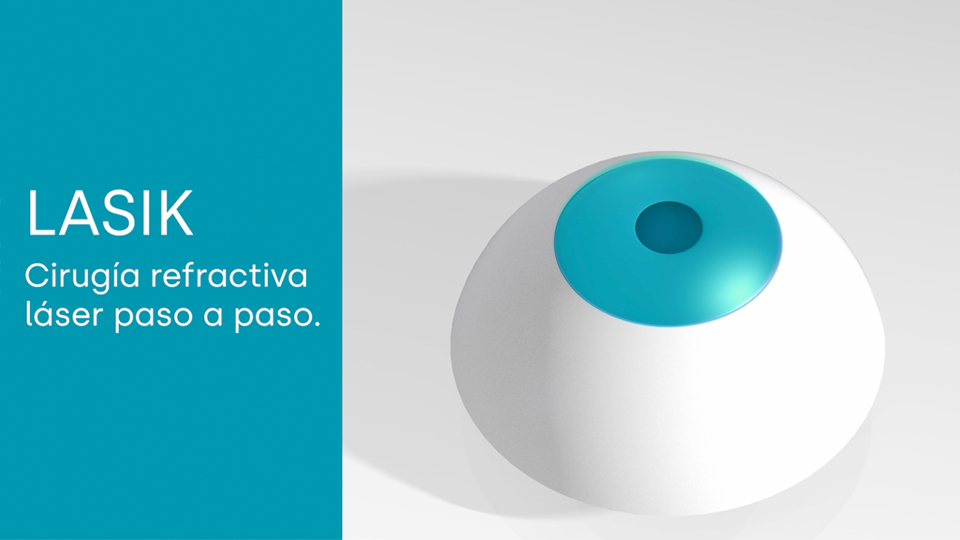Vitreoretinal complications in high myopia
09/01/2026

17/10/2023
Corneal refractive surgery using the LASIK technique, known as "Laser-Assisted In Situ Keratomileusis," is a surgical procedure employed to correct refractive eye errors like myopia, hyperopia, and astigmatism. Its goal is to eliminate or, at the very least, reduce the dependence on eyeglasses and/or contact lenses. This technique has been in widespread use since the 1990s and has significantly enhanced the quality of life for millions of individuals worldwide.
It is a swift and relatively painless procedure performed under topical anaesthesia. During the surgery, a small incision is made in the cornea, and a small piece of corneal tissue (referred to as a 'flap') is lifted to access the underlying layer known as the corneal stroma. A laser is then utilized to reshape this corneal layer, correcting the shape of the ocular surface. Finally, the flap is repositioned, and natural healing ensues.
Due to its reliability and safety, LASIK is the most commonly used method for correcting mild to moderate refractive errors. The surgery is typically done on an outpatient basis, although patients are usually required to remain at the clinic for a few hours.
The procedure is conducted in two stages with a short interval in between, and most individuals experience minimal discomfort the day after. Many patients notice an improvement in their vision within a few hours of the surgery and can usually return to work or their daily activities within a few days.
Like any surgical procedure, the LASIK technique does come with some potential risks, such as infections, healing issues, and changes in the quality of vision. It's essential to consult with an experienced ophthalmologist and carefully assess the risks and benefits before making a decision, as a proper diagnosis is critical
Dr. Andrés Picó, an ophthalmologist at the Barraquer Ophthalmology Centre
Almost all wearers of glasses and contact lenses consider reducing their prescription with refractive techniques at some point. In this chapter we explain all the options and help you know when it is worth having surgery, who is a good candidate and why it is so important to choose where to go.